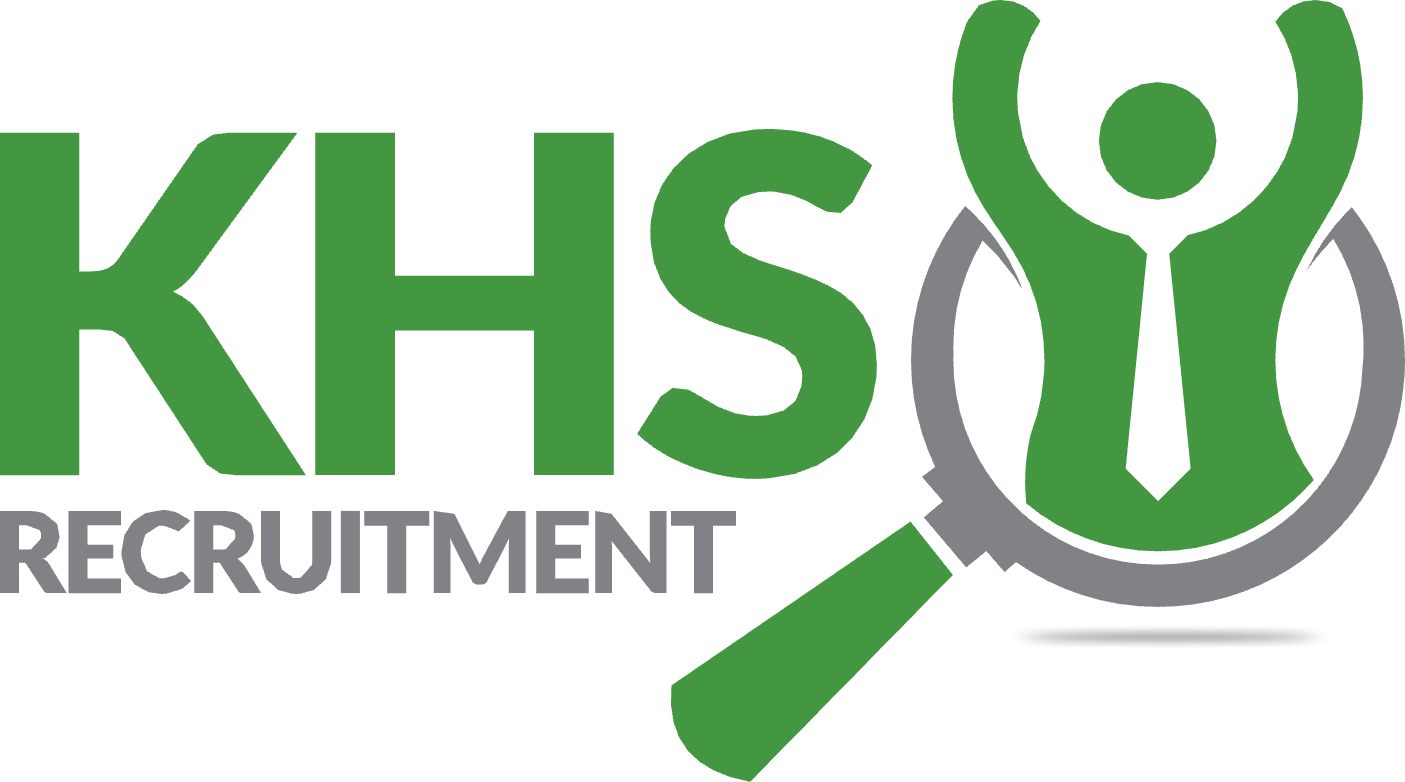Organizational resilience is not just about recovering from a crisis but adapting to it. It’s the ability to come out stronger and leverage learnings from the challenges faced to plan ahead for future disruptions. During tough times, resilient organizations and people can better weather any storm and quickly recover.
But how do you foster resilience—organizational resilience and individual resilience? This article will offer some answers, tips, and tools you can use to nurture organizational resilience and ensure your people are more equipped to handle whatever life throws their way.
What is organizational resilience?
Resilient organizations thrive before, during, and after adversity. They’re driven by people that plan ahead, keep an eye out for potential disruptions, and stay calm under pressure. They don’t just respond positively to change. They embrace it as an opportunity to learn, grow, and increase their resilience.
Take the food service industry, for example. When the pandemic forced us all indoors, restaurants were left scrambling. Many shut their doors, but others were able to recover quickly. Why? Some restaurants already had takeout and delivery options. Others quickly adapted. And a few used the pandemic to transform their business model entirely—like the Canadian pizza restaurant General Assembly which launched a frozen pizza subscription service.
The pivot into e-commerce and wholesale helped General Assembly founder Ali Khan Lalani scale up his business 50-fold and rebound from the initial shock of the pandemic. As a result, Lalani went from laying off two-thirds of his employees (from 30 to just five) and closing his restaurant in March 2020 to having a team of 70 employees as of November 2021.
These restaurants’ ability to adapt to rapid change was the difference between survival (and thriving) and shutting their doors, which is why resilience is essential. COVID-19 brought fast-moving and unexpected impacts for which many organizations were unprepared. Two years since its onset, we’re still feeling the effects and likely will for the foreseeable future.
Record inflation. Layoffs. The Great Resignation. The daily headlines can make your head spin, but resilient organizations filled with resilient individuals can better overcome hard times and outperform their competitors.
How companies create and sustain organizational resilience and employee resilience.
Ultimately, organizational resilience stems from employee resilience. While other factors can impact organizational resilience (e.g., finances, brand and reputation, operations, technology, strategy, etc.), your people are your organization’s best asset during disruption.
Resilience, whether individual or organizational, is not a destination but an ongoing practice. It can be helpful to think of resilience as a muscle or physical exercise. Daily exercise strengthens you, prevents disease, and improves your overall health.
Emotional resilience works similarly. When you practice resilience, you strengthen your ‘resilience muscle,’ making it easier for you to handle difficult times, like coping with changes to your role or organization, without getting overwhelmed.
Here are some tips to help your employees build their resilience, which will support your organizational resilience.
Support your employees’ wellbeing.
Studies show that happier people with a strong purpose in life or higher levels of self-efficacy (i.e., a person’s confidence in their ability to complete a task or achieve a goal) seem to have an easier time recovering after a disaster or setback. These factors are the same for both work and life. When you’re fulfilled at work, feel a sense of purpose, and have a high degree of competency and capability – you’re more resilient to stressful times.
What does cultivating employee happiness and growth with resilience in mind look like in practice? Fortunately, Kathleen Hogan, Chief People Officer & EVP, Human Resources at Microsoft, created a simple framework that can apply to any organization: The 5Ps of Employee Fulfillment.
